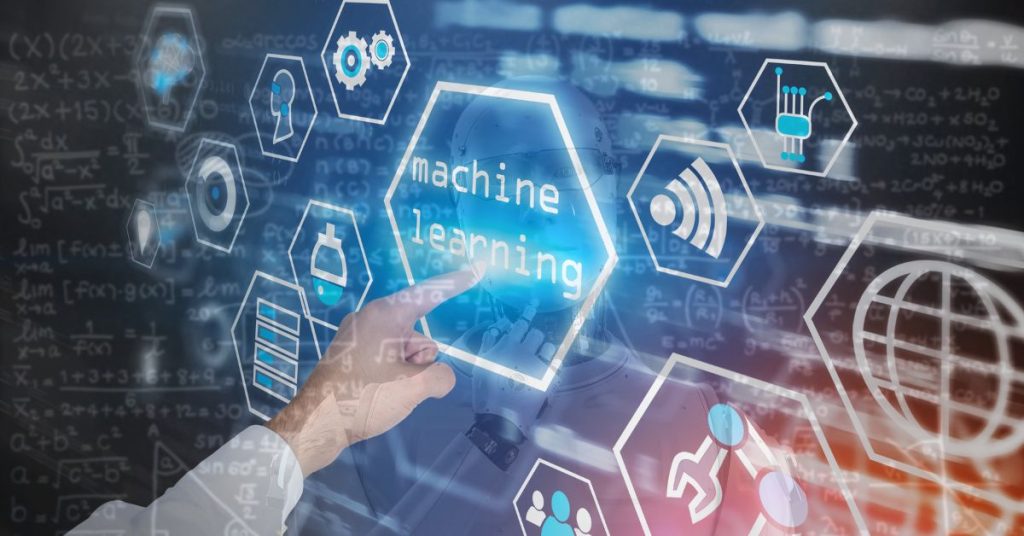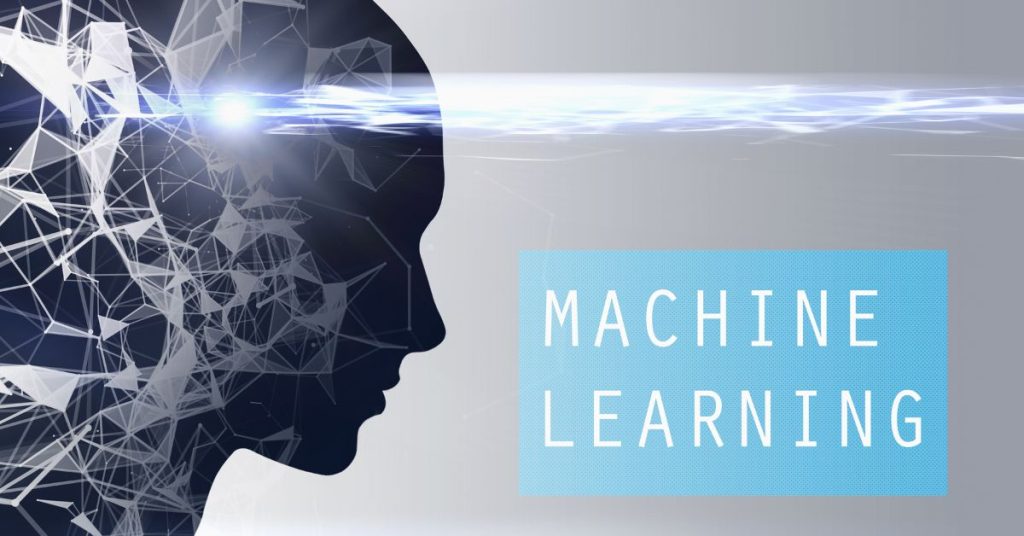
Machine Learning Tutorial For Beginners
A Machine Learning Tutorial for Beginners is an educational guide designed to introduce newcomers to the fundamental concepts of machine learning (ML). It typically covers the basics of how computers can be trained to recognize patterns and make decisions based on data, without being explicitly programmed.
What is Machine Learning?
Machine Learning (ML) is a subset of artificial intelligence (AI) that allows computers to learn from data and improve their performance over time without being explicitly programmed. Unlike traditional programming, where specific instructions are given to solve a problem, ML algorithms identify patterns in data and make decisions or predictions based on that data.
How is it Different from Traditional Programming?
Traditional programming requires explicit instructions to perform a task. In contrast, ML involves creating models that learn from data and make predictions or decisions based on new input, thereby enabling automation of tasks that are difficult to code manually.
Why Do We Need Machine Learning?
Machine Learning is essential because it can automate complex decision-making processes, uncover hidden patterns in data, and provide predictions or insights that improve efficiency and effectiveness in various industries, such as healthcare, finance, and technology.
How Does Machine Learning Work?
ML works by feeding data into algorithms, which then build models. These models learn from the data by identifying patterns and relationships. The learned models can then be used to make predictions or decisions based on new data.
History of Machine Learning
Machine Learning has evolved from the study of pattern recognition and computational learning theory in AI. It has roots in statistics, data mining, and artificial intelligence, with significant progress made in the 1950s by pioneers like Alan Turing and Arthur Samuel.
Machine Learning at Present
Today, Machine Learning is a critical component of modern AI systems. It is used in various applications, including speech recognition, recommendation systems, autonomous vehicles, and more.
Features of Machine Learning
Key features of ML include:
Automation: Automates decision-making processes.
Scalability: Can handle large volumes of data.
Adaptability: Improves over time with more data.
Data-Driven: Relies on data to create models and make predictions.

Types of Machine Learning
Supervised Learning: Learning from labeled data.
Unsupervised Learning: Finding patterns in unlabeled data.
Reinforcement Learning: Learning from rewards and punishments.
What is Supervised Learning?
Supervised Learning involves training a model on labeled data, meaning the input data is paired with the correct output. The goal is for the model to learn the mapping from input to output and predict the output for new data.
What is Unsupervised Learning?
Unsupervised Learning deals with unlabeled data. The algorithm tries to identify underlying patterns or structures in the data without prior knowledge of the outcomes.
What is Reinforcement Learning?
Reinforcement Learning is a type of learning where an agent learns to make decisions by performing actions in an environment to maximize cumulative rewards. It is used in areas like robotics and gaming.
Machine Learning Algorithms
K-Nearest Neighbor (K-NN) Algorithm: A simple algorithm that stores all available cases and classifies new cases based on a similarity measure.
K-NN for Classification Problem
In classification, K-NN is used to classify a data point based on how its neighbors are classified.
K-NN for a Regression Problem
In regression, K-NN predicts the value of a data point based on the average of its nearest neighbors.
How To Choose a Machine Learning Algorithm?
Choosing an ML algorithm depends on the nature of the problem, the size and quality of the data, the desired outcome, and computational resources.
Steps in Machine Learning
Data Collection: Gathering relevant data.
Data Preprocessing: Cleaning and preparing the data.
Model Training: Training the model on the data.
Model Evaluation: Testing the model's performance.
Model Deployment: Using the model in real-world scenarios.
Evaluation of Machine Learning Model
Model evaluation is crucial for understanding how well a model performs. Common metrics include accuracy, precision, recall, and F1-score.
Python for Machine Learning
Python is the most popular programming language for ML due to its simplicity and powerful libraries like TensorFlow, Keras, and Scikit-learn.
Implementation of Algorithms in Machine Learning with Python
Python allows for the easy implementation of ML algorithms using libraries. For example, Scikit-learn provides tools for implementing and experimenting with different algorithms.
Implementation of a Classification Problem
A common ML task is classifying data points into categories. Python libraries like Scikit-learn make it easy to implement and evaluate classification models.
Advantages of Machine Learning
Automation: Reduces human intervention.
Efficiency: Improves decision-making processes.
Scalability: Can handle large amounts of data.
Innovation: Leads to new products and services.
Disadvantages of Machine Learning
Data Dependency: Requires large amounts of data.
Complexity: Can be difficult to understand and implement.
Bias: Models can perpetuate biases present in the data.
Resource-Intensive: Requires significant computational resources.
Future of Machine Learning
The future of ML is promising, with advancements in AI, increased integration into everyday applications, and its role in developing autonomous systems and personalized experiences. ML is set to revolutionize industries and transform how we interact with technology.
Comments (0)